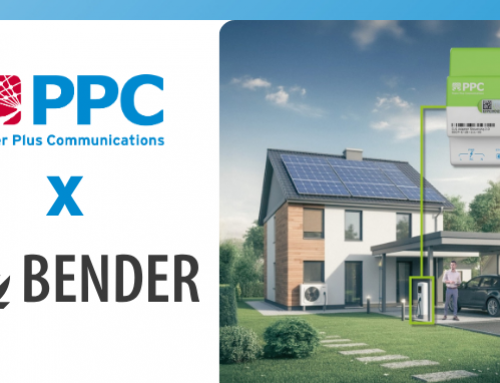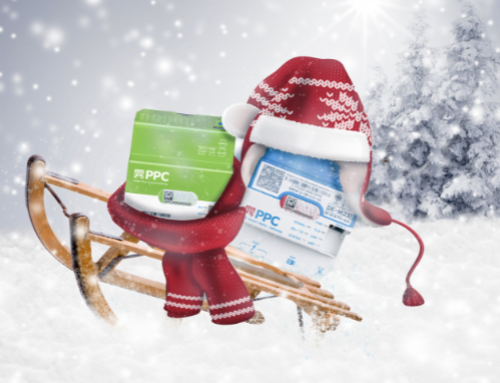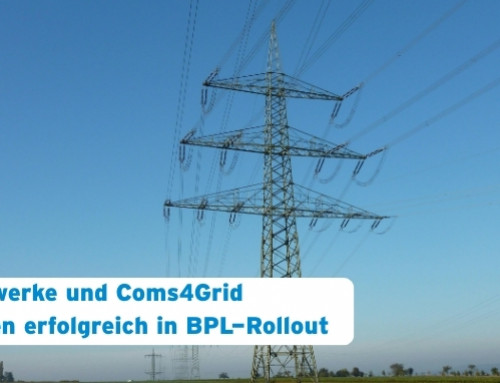Niestetal / Mannheim, 29 April 2025 – This is what practical interoperability looks like: The inverter expert SMA from Niestetal and the Mannheim-based smart meter gateway manufacturer PPC have jointly developed a groundbreaking solution that makes not only new photovoltaic systems but also existing systems throughout Germany controllable via a firmware update – and thus fit for the smart grid of the future.
More than 350,000 systems in one fell swoop
As a pioneer in intelligent energy management, the Sunny Home Manager 2.0 has been in use since 2012. With over 350,000 devices now installed, it serves as the central interface for efficient use of solar power and controllable consumers in many households.
SMA and PPC have joined forces to pool their expertise in order to efficiently implement the requirements of Section 14a of the German Energy Industry Act (EnWG) and Section 9 of the Renewable Energy Sources Act (EEG) not only for new installations but also for existing PV systems – without the need for additional hardware. Compatibility is conveniently ensured via a software update for the Sunny Home Manager. In combination with an intelligent metering system, all requirements for PV systems are successfully met.
Intelligent control – without compromising on convenience
The heart of the technical integration is the interaction between the TR-03109-5 and BSZ-certified CLS adapter from PPC and the Sunny Home Manager from SMA.
While the CLS adapter is responsible for receiving and forwarding the control signals in a cyber-secure and standardised manner, the Sunny Home Manager ensures that they are implemented intelligently and flexibly in the household’s energy system.
This means that controllable consumers such as wallboxes and heat pumps, as well as controllable generators such as PV systems, can not only be controlled in a grid-friendly manner in accordance with the specifications of grid operators and market players, but also optimised in terms of energy efficiency for the benefit of system operators – without any loss of comfort.
Smooth communication thanks to the EEBUS standard
The standardised EEBUS protocol forms the basis for error-free communication. As part of the latest update, the use cases for consumption monitoring (MPC) and consumption limitation (LPC), which are crucial for Section 14a, have been successfully implemented. The proven interoperability was delivered to SMA devices in April 2025 via a software update.
In combination with an intelligent metering system, these are now available as a solution for a flexible smart grid.
“This expansion may seem insignificant at first glance, but it is a decisive step for the power grids of tomorrow – regardless of whether they want to receive grid fees through voluntary participation, benefit from dynamic tariffs or have to meet normative requirements. The successful collaboration with PPC is an important building block for this grid-friendly control of our customers’ systems. We are delighted to be embarking on this exciting journey with a strong partner like PPC to shape the future of energy,” says Falko Schmidt, Product Manager for Sunny Home Manager at SMA.
‘The fact that our collaboration will enable almost 400,000 households to be intelligently integrated into the grid in the future is a great result,’ explains Julian Zilg, Deputy Team Leader CLS Products at PPC. ‘The fact that the existing portfolio can be connected simply via a software update also demonstrates the potential of digital control and that interoperable thinking pays off.’
According to Section 14a, this is far from the end
The next steps are already planned: By the end of 2025, a further update will also implement Section 9 of the EEG – another milestone in the control rollout. This will enable existing systems to be regulated in a targeted and dynamic manner in the event of overload, instead of being limited to 60% of their nominal output across the board.
This efficiently prevents grid overloads – in line with the concept of intelligent feed-in.
SMA and PPC are thus demonstrating how grid-friendly control can also be implemented efficiently and interoperably in existing systems – an important contribution to the stability and digitalisation of tomorrow’s energy system.









